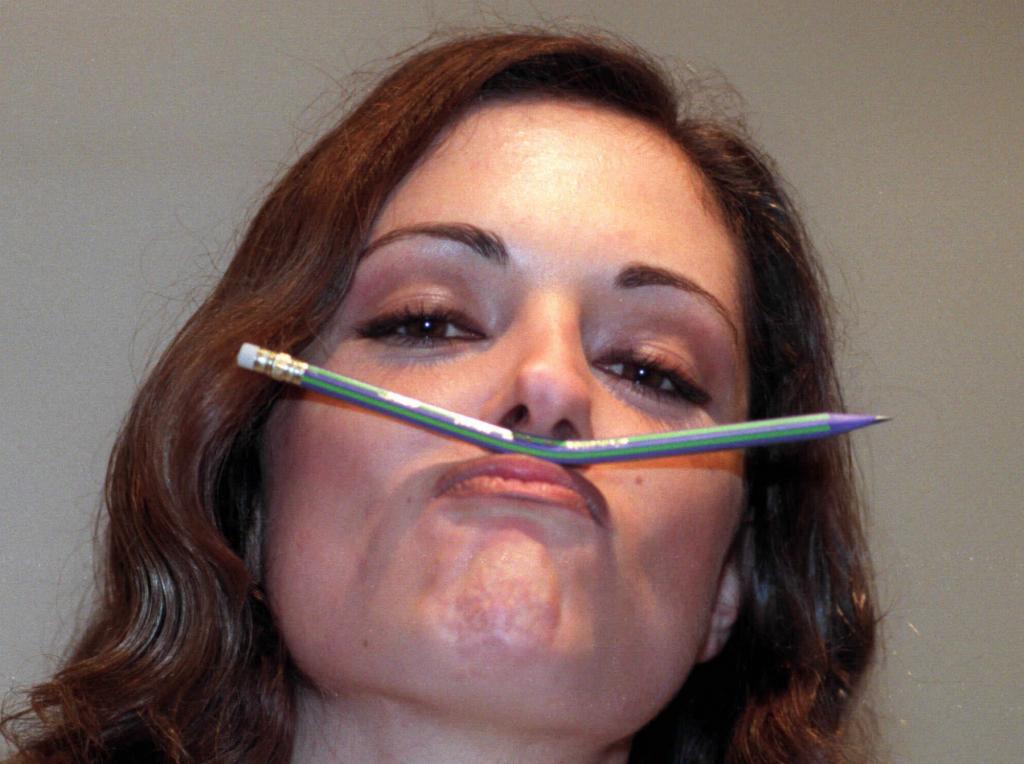One of the most fertile grounds for the proliferation and spread of hoaxes is undoubtedly dermatology and cosmetics. All kinds of myths and lies circulate on social media about how to improve skin care, reduce wrinkles, eliminate imperfections, or enhance beauty in general. A simple search on any platform shows "the abundance of dermatological misinformation" , as pointed out by dermatologist Álvaro Iglesias , who quantified the phenomenon in a study conducted at the Hospital Universitario Clínico San Carlos in Madrid. "We found that 64.7% of the content shared on social media about dermatology was inaccurate or generated confusion," he emphasizes. In his research, there were examples for all tastes: from incorrect diagnoses or miraculous home remedies without foundation, to a string of products that have no scientific evidence to support them. Most of these devices that are promoted as if they were a panacea, he warns, not only do not deliver the promised benefits, but can also be dangerous.
This is the case with various devices that promise to achieve greater lip volume through techniques that exert pressure or suction on the lips. "These devices create a vacuum that causes vasodilation, fluid extravasation, and acute inflammation, but the resulting volume is not a real increase in lip tissue, but the result of temporary edema and vascular congestion," clarifies Iglesias, who explains that these devices "can cause microtraumas, hematomas, tears, and scars in the mucosal and muscular tissues of the lips, as well as other alterations in lip muscle function if used for an extended period."
"The skin of the lips is, along with that of the eyelids, the thinnest and most delicate we have on our body. In a few millimeters, nerves, blood vessels, muscles, skin tension lines intertwine... Using a homemade device that creates a vacuum to make them swell does not seem very intelligent, and there have already been several cases of wounds and bruises caused by these suction devices that, far from fuller lips, have ended up causing an aesthetic disaster," agrees Héctor Castiñeira , better known by his alter ego, Enfermera Saturada , with whom he disseminates health information and combats hoaxes on social media.
In recent years, there has been an increase in consultations related to complications arising from devices promoted on social media or without health regulation, both experts point out. "We have detected burns from LED devices or low-quality radiofrequency emitting inappropriate wavelengths, scars from homemade microneedling tools, etc.," exemplifies Iglesias.
'Cupping': the risks of this pseudotherapy warned by Health
No, the skin of children and adolescents does not need 'skincare' routines
Due to their risks, even the Council of Dentists has had to take a stand against so-called jaw exercisers, devices that are inserted into the mouth to bite them and supposedly achieve a wider and more defined jaw. The reality is that "the resistance exerted on the chewing muscles by biting these devices causes hypertrophy of the masseter muscle, responsible for chewing, and seriously endangers the temporomandibular joint ," warns the Collegiate Organization of Dentists of Spain, which points out that "it must be taken into account that the jaw is naturally exercised throughout the day every time we chew. Overexposing it to added, completely artificial effort, solely for the purpose of modifying its appearance, can cause serious health problems." The risk of these products "increases when influencers with thousands of followers promote them on social media, and their access is easy and cheap through platforms that sell these types of products with prices ranging from 3 to 15 euros," they add.
The specialists consulted are concerned about the spread of hoaxes regarding the care needed for healthy skin. An example they mention is the promotion of the so-called "sun callus" , the false belief that gradual tanning creates a natural protection against radiation. "It is one of the most dangerous pieces of misinformation in dermatology," says Iglesias. "Tanning is nothing more than a skin response to cellular damage caused by ultraviolet radiation, and each sunburn produces cumulative damage that exponentially increases the risk of skin cancer," he concludes. And he concludes with a reflection: "The normalization of intense tanning could reverse decades of work in raising awareness against these types of tumors."
